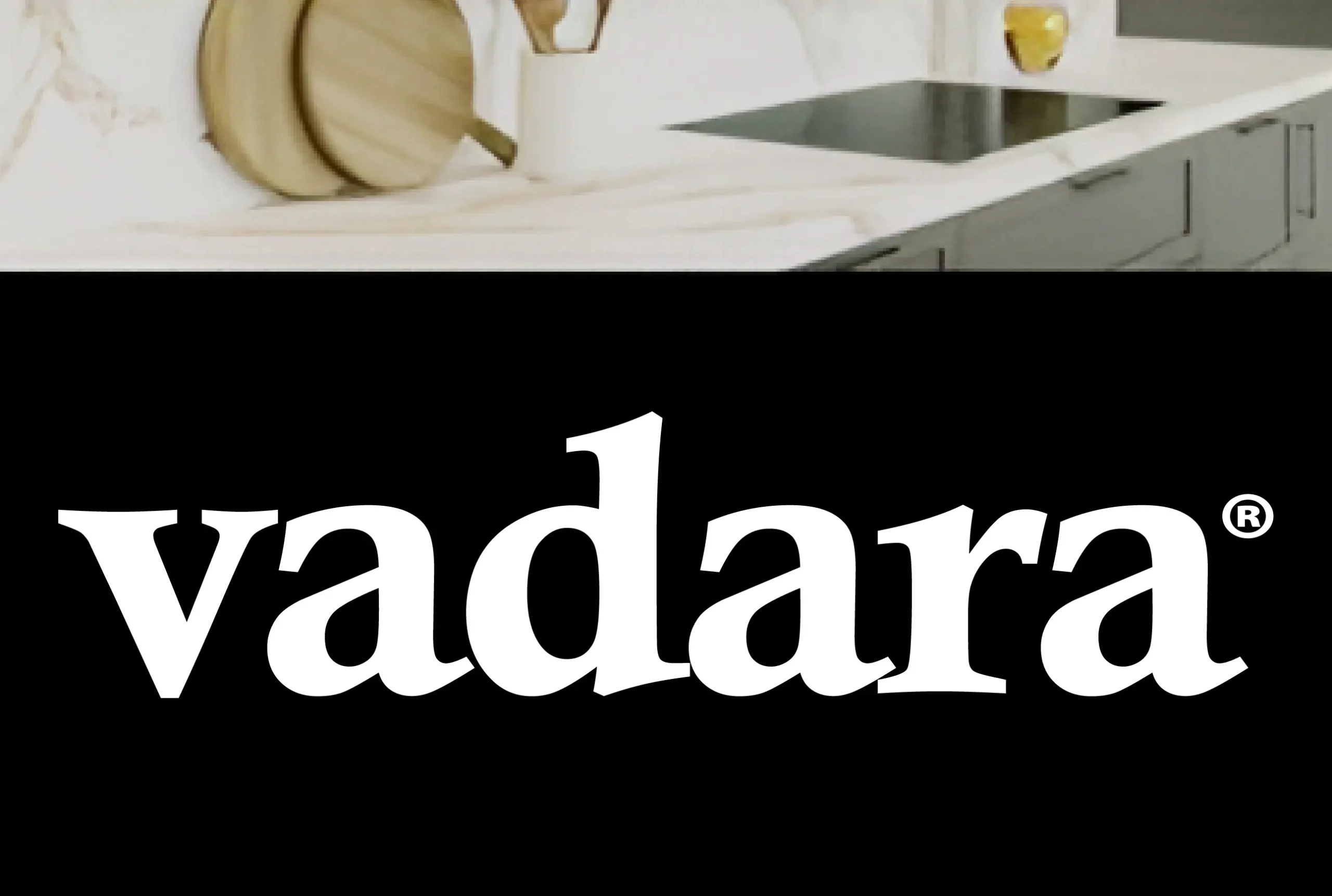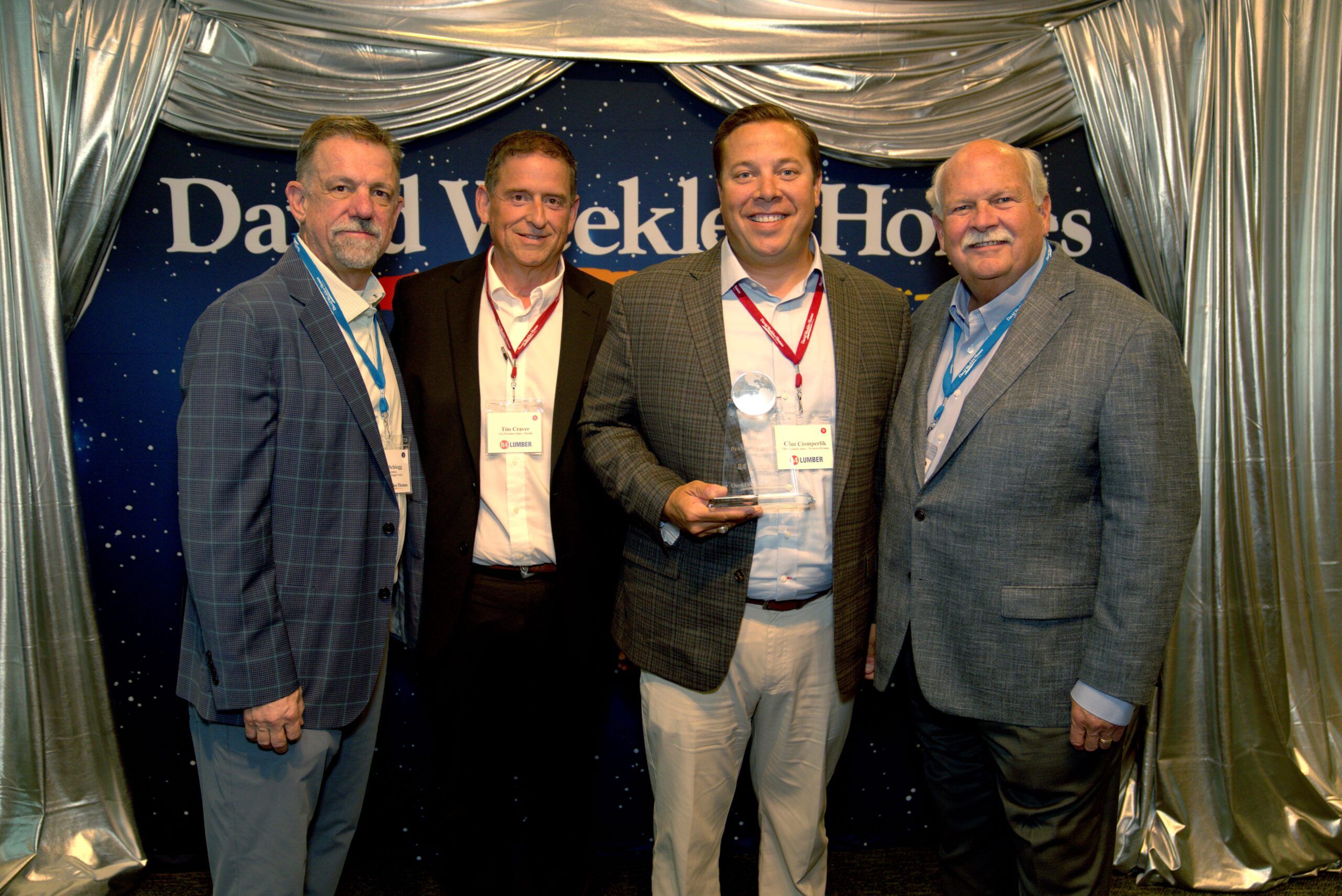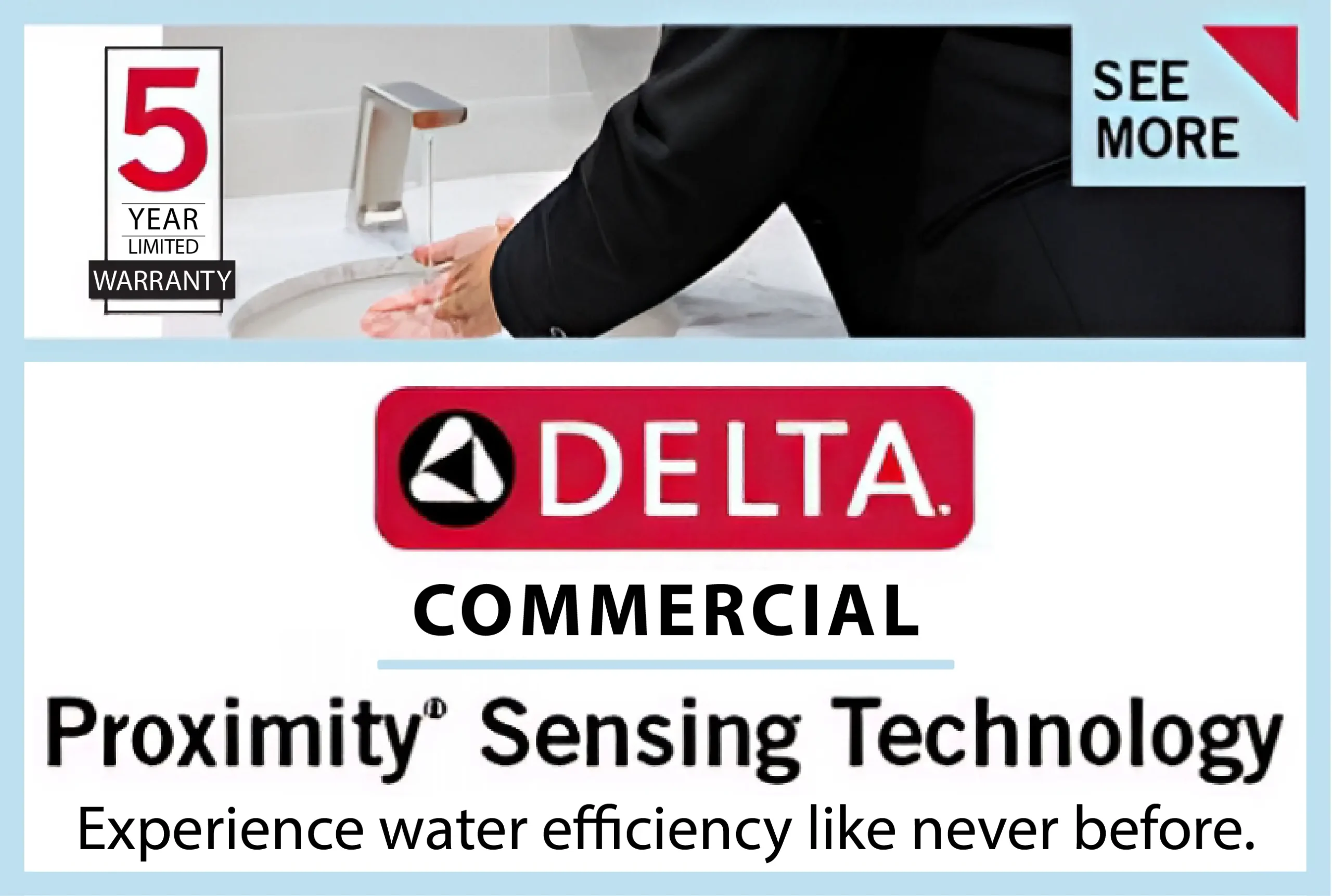Did you know that commercial buildings in the U.S. waste up to 30% of their energy due to poor insulation? This staggering statistic highlights the urgent need for smarter solutions in commercial building renovations. One of the most effective ways to address this issue is through the use of spray foam insulation.
Spray foam insulation offers immediate cost savings by improving energy efficiency. According to the U.S. Department of Energy, it can reduce energy costs by an average of 15%. This is achieved by sealing gaps and preventing air leaks, which reduces the strain on HVAC systems.
Beyond energy savings, this solution provides structural reinforcement. Its adhesive properties strengthen walls and roofs, making buildings more durable. Additionally, its ability to expand up to 30-60 times ensures comprehensive coverage, even in hard-to-reach areas.
Choosing spray foam insulation also aligns with modern green building standards. It’s a sustainable option that not only lowers utility bills but also reduces long-term maintenance costs. For businesses looking to renovate, this is a smart investment that pays off in multiple ways.
What is Spray Foam Insulation?
The science behind spray foam insulation is fascinating. It’s created by mixing two key chemicals: isocyanate and polyol resin. When combined, they react to form a durable and versatile material known as polyurethane foam. This mixture is applied as a liquid, which expands up to 30-60 times its original volume upon contact with surfaces.
There are two main types of this material: open-cell and closed-cell spray foam. Open-cell has a lower density and an R-value of 3.8 per inch, making it ideal for soundproofing. Closed-cell, on the other hand, offers a higher R-value of 6.5-7 per inch, providing superior thermal resistance and structural support.
One of the standout features is its ability to fill irregular spaces completely. This ensures no gaps or air leaks are left behind. Additionally, it cures in under 24 hours, making it a time-efficient solution for commercial projects. Its fire-resistant qualities, with a 1-hour fire resistance rating, add an extra layer of safety.
For metal buildings, premium formulations are available to ensure compatibility. This makes it a versatile choice for various construction needs.
With its unique properties, spray foam insulation is a reliable choice for improving energy efficiency and structural integrity in commercial spaces.
Why Spray Foam Insulation is Ideal for Commercial Renovations
Commercial building renovations often face unique challenges that require innovative solutions. One such solution is spray foam, which offers a range of benefits tailored to these needs. Its ability to seal air leaks and improve energy efficiency makes it a standout choice for modern upgrades.
One of the biggest advantages is its ability to address uneven surfaces and existing infrastructure. Unlike traditional materials, it can be applied directly to irregular spaces, ensuring comprehensive coverage. This eliminates gaps and prevents air infiltration, which accounts for up to 40% of energy loss in buildings.
Another key benefit is its moisture resistance. In high-humidity areas, it prevents mold growth by creating a monolithic barrier. This is particularly useful in climate-controlled environments where maintaining indoor air quality is crucial.
Additionally, spray foam insulation is non-invasive compared to other materials. It doesn’t require extensive tear-out, saving time and reducing disruption during renovations. Its compatibility with HVAC systems and electrical conduits further simplifies the process.
For office environments, it also offers noise reduction benefits. This creates a quieter, more productive workspace.
With its versatility and performance, spray foam is an ideal choice for commercial building renovations. It addresses multiple challenges while improving energy efficiency and durability.
Energy Efficiency Benefits of Spray Foam Insulation
Improving energy efficiency is a top priority for commercial buildings. One of the most effective ways to achieve this is by addressing heat flow and sealing gaps cracks. These steps can significantly reduce energy waste and lower energy bills.
Reducing Heat Loss and Gain
Heat flow is a major factor in energy loss. Materials with a high R-value are essential for minimizing this issue. For example, closed-cell foam offers an R-value of up to 7 per inch, making it highly effective at blocking heat transfer.
Unlike traditional materials like fiberglass or cellulose, this solution provides continuous coverage. This eliminates thermal bridging, a common problem in older buildings. A case study of a warehouse retrofit showed a 30% reduction in HVAC load after installation.
Sealing Air Leaks and Gaps
Air leaks account for a significant portion of energy loss in buildings. Sealing gaps cracks is crucial for maintaining indoor temperatures. This material creates an airtight barrier, preventing unwanted air infiltration.
In high-wind environments, this sealing ability is particularly effective. It also combats the stack effect in multi-story buildings, where warm air rises and escapes through upper levels. Infrared imaging has proven its performance in creating a tight seal.
By addressing heat flow and sealing air leaks, this solution not only improves energy efficiency but also contributes to LEED certification points. It’s a smart choice for businesses aiming to reduce their environmental impact and operational costs.
Cost Savings with Spray Foam Insulation
Businesses looking to reduce operational expenses often turn to innovative solutions. One of the most effective ways to achieve this is by improving energy efficiency and minimizing maintenance needs. These upgrades not only lower monthly expenses but also provide lasting benefits.
Lower Energy Bills
One of the immediate benefits is a significant reduction in energy bills. Studies show that upgrading to advanced materials can cut energy costs by an average of 15%. This is achieved by sealing gaps and preventing air leaks, which reduces the workload on HVAC systems.
For example, a hospital retrofit saw a 5-year payback period due to lower utility bills. Additionally, businesses may qualify for tax incentives and energy rebates, further enhancing their ROI.
Long-Term Durability and Maintenance Savings
Advanced materials offer exceptional long-term durability, often lasting up to 50 years compared to traditional options that need replacement every 10-15 years. This eliminates recurring costs for air sealing and other maintenance tasks.
These materials are also resistant to pest damage and moisture degradation, reducing the need for repairs. Improved fire safety can even lead to lower insurance premiums, adding to the financial benefits.
By investing in advanced solutions, businesses can achieve significant costs savings while enhancing the performance and longevity of their buildings. It’s a smart choice for those looking to maximize their ROI and reduce operational expenses.
Applications of Spray Foam Insulation in Commercial Buildings
Modern upgrades in commercial spaces demand innovative approaches. Advanced building solutions offer versatility, ensuring both performance and durability. These materials are ideal for various applications, from walls to basements, providing comprehensive benefits.
Walls and Ceilings
One of the most common uses is in walls and ceilings. These materials provide 100% coverage in wall cavities, eliminating gaps and improving thermal performance. They are also used in fire-rated assemblies, enhancing safety in partition walls.
Roof deck applications help regulate temperature, reducing the strain on HVAC systems. This ensures a comfortable indoor environment while lowering energy costs. Their adhesive properties also strengthen structural integrity, making buildings more durable.
Basements and Crawl Spaces
In basement insulation, these materials prevent up to 98% of mold growth by creating a moisture-resistant barrier. This is especially useful in high-humidity areas, ensuring long-term protection against degradation.
Below-grade applications, such as in parking garages, provide excellent thermal resistance. Crawl spaces benefit from their ability to seal air leaks, improving energy efficiency. These features make them a reliable choice for both new constructions and renovations.
From historical building preservation to cold storage optimizations, these materials offer tailored solutions. They are also effective in data centers for humidity control and in retail spaces for noise reduction. Their versatility makes them a go-to option for diverse commercial needs.
Comparing Spray Foam Insulation to Traditional Insulation Methods
When it comes to upgrading commercial buildings, choosing the right materials can make all the difference. Polyurethane-based solutions, such as spray foam, offer significant advantages over traditional methods like fiberglass and cellulose. These benefits range from better air sealing to improved tenant comfort.
One of the standout features is its superior air sealing capability. Studies show it performs three times better than fiberglass in preventing air leaks. This ensures a tighter building envelope, reducing energy loss and improving efficiency.
Moisture resistance is another key advantage. Unlike cellulose, which is prone to mold, polyurethane creates a barrier that prevents moisture infiltration. This is especially important in high-humidity areas, ensuring long-term durability.
Installation time is also a factor. Spray foam can be applied faster than batt insulation, minimizing disruption during renovations. Its ability to expand and fill irregular spaces ensures comprehensive coverage, even in tight mechanical rooms.
Lifecycle cost analysis reveals additional savings. Over a 20-year period, polyurethane solutions often outperform traditional materials. Their durability and low maintenance needs translate to lower operational costs.
Tenant comfort is another area where it excels. Improved thermal performance and noise reduction create a more pleasant indoor environment. This can lead to higher productivity and satisfaction in office spaces.
Finally, fire safety comparisons show that polyurethane offers better resistance than many traditional materials. This adds an extra layer of protection for commercial buildings.
In summary, polyurethane-based solutions provide a comprehensive upgrade over traditional methods. From energy efficiency to tenant comfort, they deliver lasting benefits for commercial renovations.
Environmental Impact of Spray Foam Insulation
Sustainability is a growing focus in modern construction practices. Advanced materials play a crucial role in reducing environmental harm while enhancing building performance. One key benefit is their ability to lower carbon footprint by up to 55% compared to uninsulated structures.
These materials often contain up to 90% recycled content, making them a sustainable choice. Innovations in blowing agents have further improved their environmental safety, ensuring minimal harm to the ozone layer. This aligns with global efforts to combat climate change.
These solutions contribute significantly to Net Zero Energy buildings. By improving energy efficiency, they reduce operational emissions and help achieve long-term sustainability goals. Additionally, they qualify for LEED v4.1 credits, making them ideal for green building certifications.
Urban heat island mitigation is another advantage. By reflecting sunlight and reducing heat absorption, these materials help lower city temperatures. This creates a more comfortable environment while conserving energy.
When comparing embodied carbon to operational savings, the benefits are clear. While production may have a carbon cost, the long-term energy savings outweigh it. End-of-life recyclability programs further enhance their eco-friendliness, ensuring minimal waste.
Indoor air quality is also improved, as these materials emit low levels of VOCs. This creates healthier spaces for occupants, making them a smart choice for commercial projects.
By integrating these solutions, businesses can achieve their sustainability goals while improving building performance. It’s a win-win for the environment and long-term cost savings.
Conclusion
Investing in advanced building solutions offers long-term financial and environmental benefits. By improving energy efficiency, businesses can significantly reduce utility bills and operational costs. Additionally, these materials enhance indoor air quality and prevent mold, creating healthier spaces for occupants.
Future-proofing buildings against evolving energy codes ensures compliance and sustainability. Professional assessments can help tailor solutions to specific needs, maximizing cost savings and ROI. With warranties often covering decades, these upgrades provide peace of mind and lasting value. By choosing spray foam insulation, businesses position themselves as leaders in sustainability while enjoying immediate and long-term benefits. It’s a smart investment for both financial health and environmental responsibility.
FAQ
What is spray foam insulation?
It’s a material made from isocyanate and polyol resin that expands to fill gaps, creating an airtight barrier. It’s commonly used to improve energy efficiency in buildings.
Why is it ideal for commercial renovations?
It seals air leaks, reduces heat flow, and increases energy savings, making it a cost-effective solution for upgrading older structures.
How does it improve energy efficiency?
By sealing cracks and gaps, it minimizes heat loss in winter and heat gain in summer, leading to lower heating and cooling costs.
Can it help reduce energy bills?
Yes, its ability to create a thermal barrier significantly cuts down on energy consumption, resulting in lower utility expenses over time.
Where can it be applied in commercial buildings?
It’s versatile and can be used in walls, ceilings, basements, and crawl spaces to enhance insulation and moisture control.
How does it compare to traditional insulation methods?
Unlike fiberglass or cellulose, it provides superior sealing, higher R-value per inch, and long-term durability, making it a better investment.
What are its environmental benefits?
It reduces energy use, lowers carbon emissions, and often contains eco-friendly materials, contributing to a greener building environment.
Is it durable for long-term use?
Absolutely. Its closed-cell structure resists moisture, mold, and wear, ensuring it lasts for decades with minimal maintenance.











